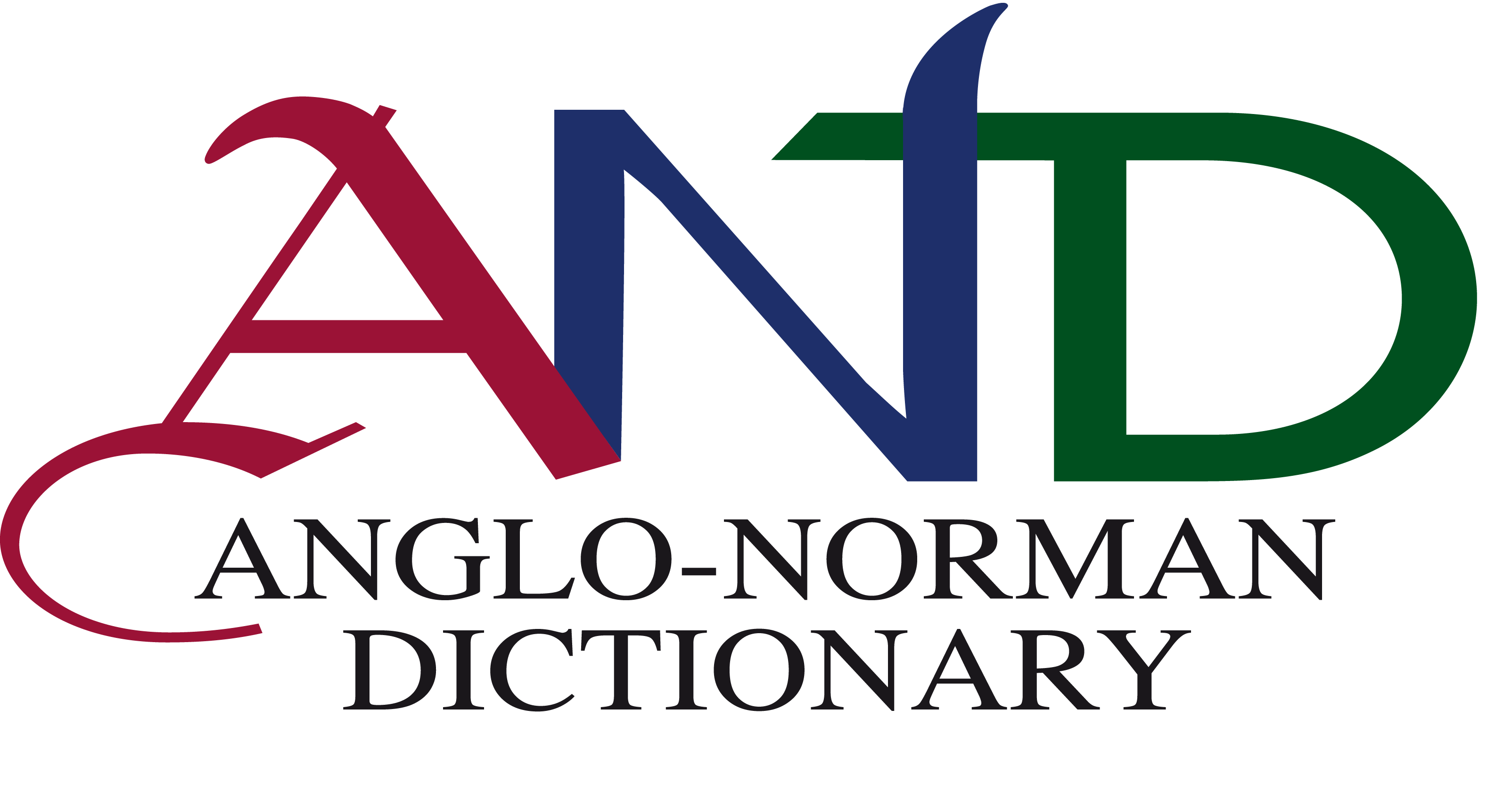The Second Edition of the letters W– and X- has now been published online!
Over the last year this section of the dictionary was revised exhaustively and expanded dramatically. There are now 281 substantive entries under W- (that is more than doubling those of the first edition!), providing 367 senses and subsenses, 763 dated citations and 58 locutions). X-, which had no entries at all in the first edition, now has 3.
During this time, the works of Wace – a large and important source of early Anglo-Norman – were added to the dictionary A-Z, whereas a detailed investigation of surnames in Anglo-Norman sources uncovered a wealth of new materials. This has produced 877 new entries (with 909 senses and subsenses, using 1873 citations) throughout the dictionary.
The editorial team are now beginning work on the revision of V– (the final letter to be revised for the Second Edition) together with an overall consolidation of the sources, contents and methodologies of the entire dictionary. They are aiming to complete the Second Edition by March 2029.
-Aberystwyth, February 2025
Anglo-Norman is the name usually given to the kind of French brought over to England by the conquerors in 1066, then later exported to Wales, Scotland and Ireland. Initially it shared most of its vocabulary, grammar, and pronunciation with the medieval French of the mainland. Later, it began to develop characteristics of its own.
Although Anglo-Norman became an acquired second language in later generations as Middle English emerged, it was still in use for complex administrative matters and affairs of state well into the 15th century. This site offers resources for understanding these records of Britain’s past.
Anglo-Norman has contributed massively to the present-day English language. No matter what you say or read in English, however ‘modern’, the legacy of Anglo-Norman is everywhere. And across the globe, wherever the English language has gone, it has taken Anglo-Norman influences with it.
David Trotter, [*1957-†2015]
